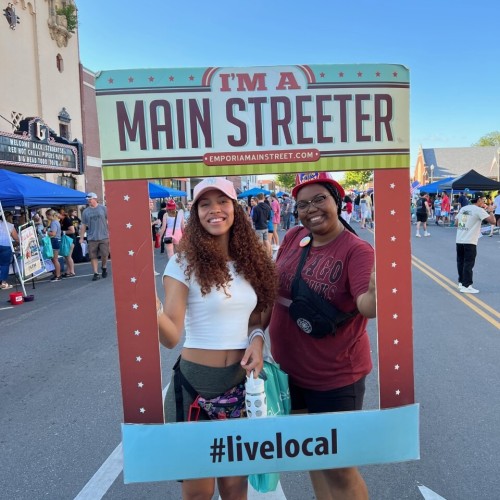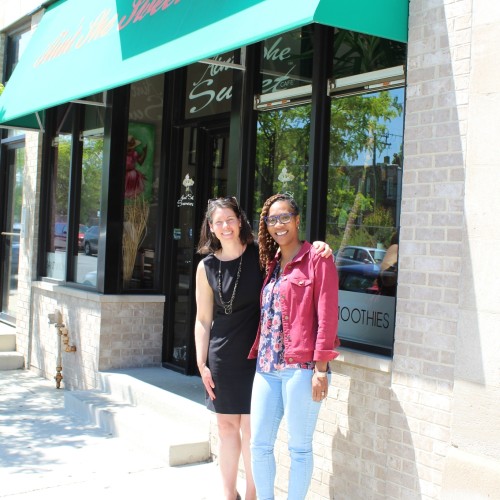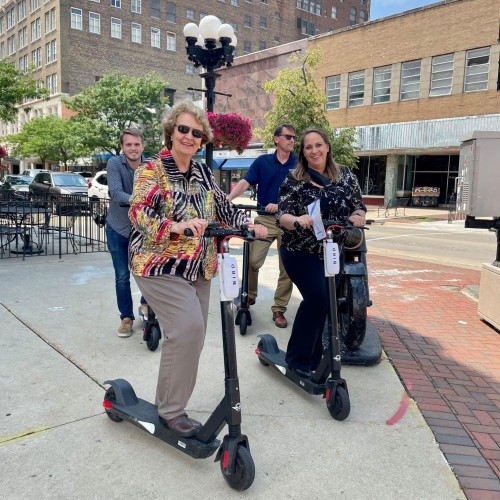Announcing the Science Discovery on Main Street Grant Recipients
Main Street America is thrilled to announce the 12 Science Discovery on Main Street grant program recipients.

Marion, Iowa © Tasha Sams
We work in collaboration with thousands of local partners and grassroots leaders across the nation who share our commitment to advancing shared prosperity, creating resilient economies, and improving quality of life.

Emporia, Kansas © Emporia Main Street
Made up of small towns, mid-sized communities, and urban commercial districts, the thousands of organizations, individuals, volunteers, and local leaders that make up Main Street America™ represent the broad diversity that makes this country so unique.

Chicago, Illinois © Main Street America
Looking for strategies and tools to support you in your work? Delve into the Main Street Resource Center and explore a wide range of resources including our extensive Knowledge Hub, professional development opportunities, field service offerings, advocacy support, and more!

Waterloo, Iowa © Main Street Waterloo
Your one-stop-shop for all the latest stories, news, events, and opportunities – including grants and funding programs – across Main Street.

Kendall Whittier — Tulsa, Oklahoma © Kendall Whittier Main Street
Join us in our work to advance shared prosperity, create strong economies, and improve quality of life in downtowns and neighborhood commercial districts.

This article was published on January 10, 2023, by Next City, a nonprofit news organization focused on socially, economically, and environmentally sustainable urban practices. It was written by Patrice Frey, Senior Advisor to Main Street America, and Vincent Martinez, President and COO at Architecture 2030.
Recently I heard a podcast interview with Will MacAskill, the philosopher and author of the recent book “What we Owe the Future.” In the interview, Will MacAskill was asked something to the effect of “what will folks in the future think we got wrong?”
I wonder if future generations of Americans will look around at our built environment and think that we really messed up. Each year, we tear down more than a billion square feet of built space, and we’ve abandoned as many as 19 million buildings across the country. And yet we build 4-6 million square feet of new buildings every year. And, of course, the quality of what we construct today…well, that’s the subject of another blog post.
That cycle of destroy-rebuild is taking a toll on the planet because the building industry is responsible for about 13% of global greenhouse gas emissions. As my colleague Vince Martinez, President & COO of Architecture 2030, and I argue in an Op-Ed recently published in Next City, reusing and retrofitting our existing building stock will be vital to staving off the worst impacts of climate change.
The relationship between climate and our built environment is part of what motivates my work on Main Street America’s Small Deal Initiative. There are so many good reasons to put old buildings back into productive use – the climate, preserving history, economic development, and enhancing quality of life… to name just a few. But there are still far too many barriers to rehabilitating buildings, especially in communities of color and disinvested rural places.
Vince and I argue that we must develop new financing strategies to support adaptive reuse projects. “Allowing new federal Greenhouse Gas Reduction Funds to support building reuse and retrofits, the improvement and expansion of historic tax credits, and making permanent the New Markets Tax Credit program are among the many policy advancements needed to help better leverage our existing built assets in the climate fight.”
We also need to find new sources of capital for these projects – that’s a key focus of my work through the Small Deal Initiative. These past few months, I’ve been working to explore different pathways to support small deals, and I’m heartened that several channels offer promise. I look forward to sharing the fruits of this research with you early in the New Year.